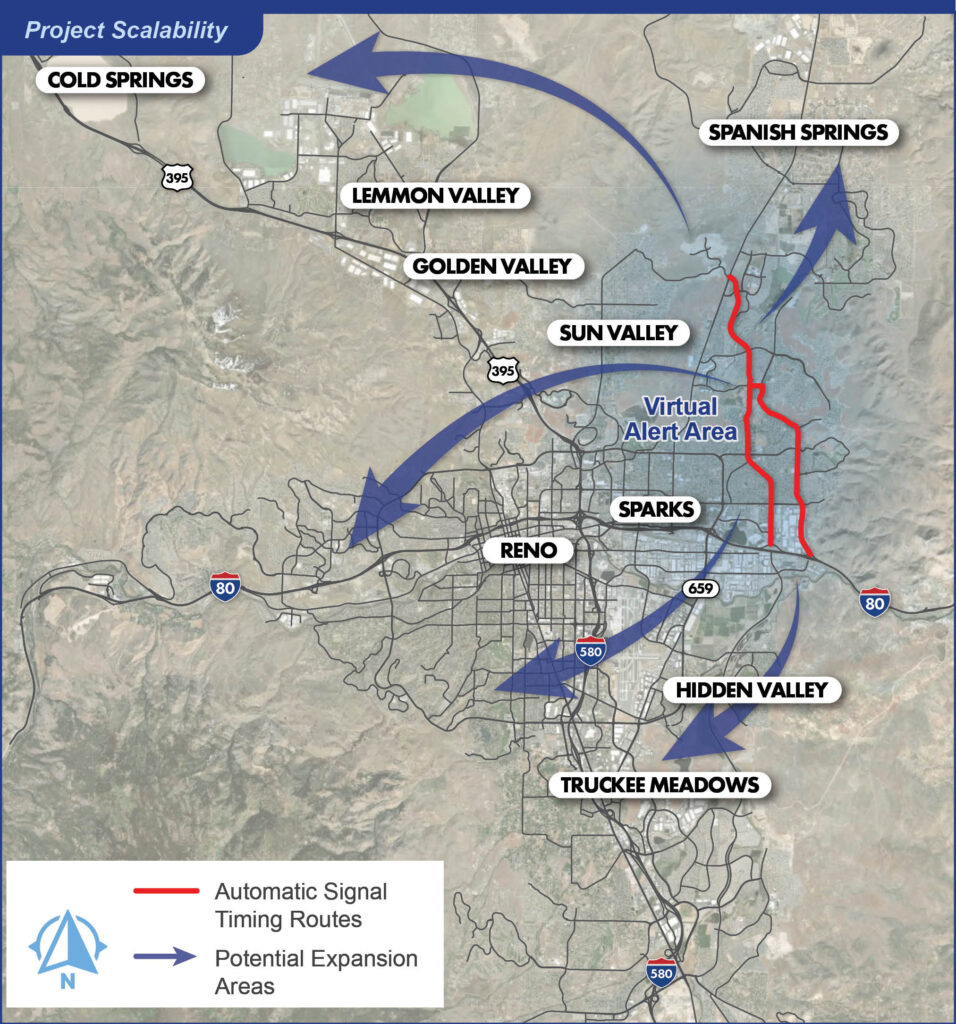Executive Summary
The Sparks Intelligent Corridors project (Sparks IC) is an innovative intelligent transportation system (ITS) project that piloted new technologies to improve transportation operations. The project piloted the use of ITS to improve incident/congestion management of traffic between the I-80/US-395 interchange (known locally as the Reno “Spaghetti Bowl”) and Spanish Springs without burdening existing operations staff or installing extensive infrastructure.
The system created by Sparks IC takes live travel time data from the cloud and uses it to implement signal timing on a corridor to improve operations and provide virtual alerts to drivers in the network based on their location. Once the system is configured, it runs automatically without increasing the burden of staff managing traffic operations.
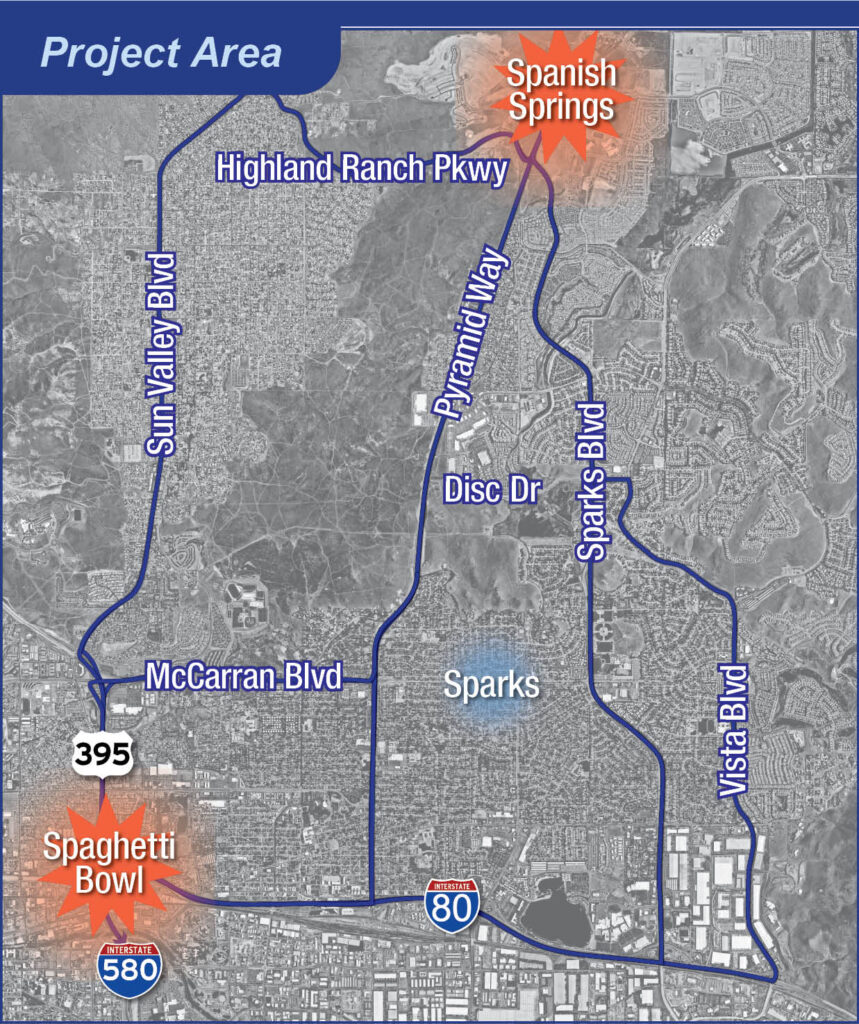

Automatic Signal Timing Results
The automatic signal timing changes along northbound Sparks Boulevard during the PM peak conditions, improved the average travel time on weekdays by 1.5 minutes (11% average improvement). The buffer time (a metric that helps describe the reliability of a route) was improved by approximately 4.0 minutes (over 75% improvement). Side street travel-time, speed, and buffer time impacts were minimal. The automatic signal timing changes resulted in an estimated over one million dollars in annual travel time savings benefits from the automatic signal timing changes along northbound Sparks Boulevard with a cost-benefit ratio of 14.5, indicating a high annual rate of return.
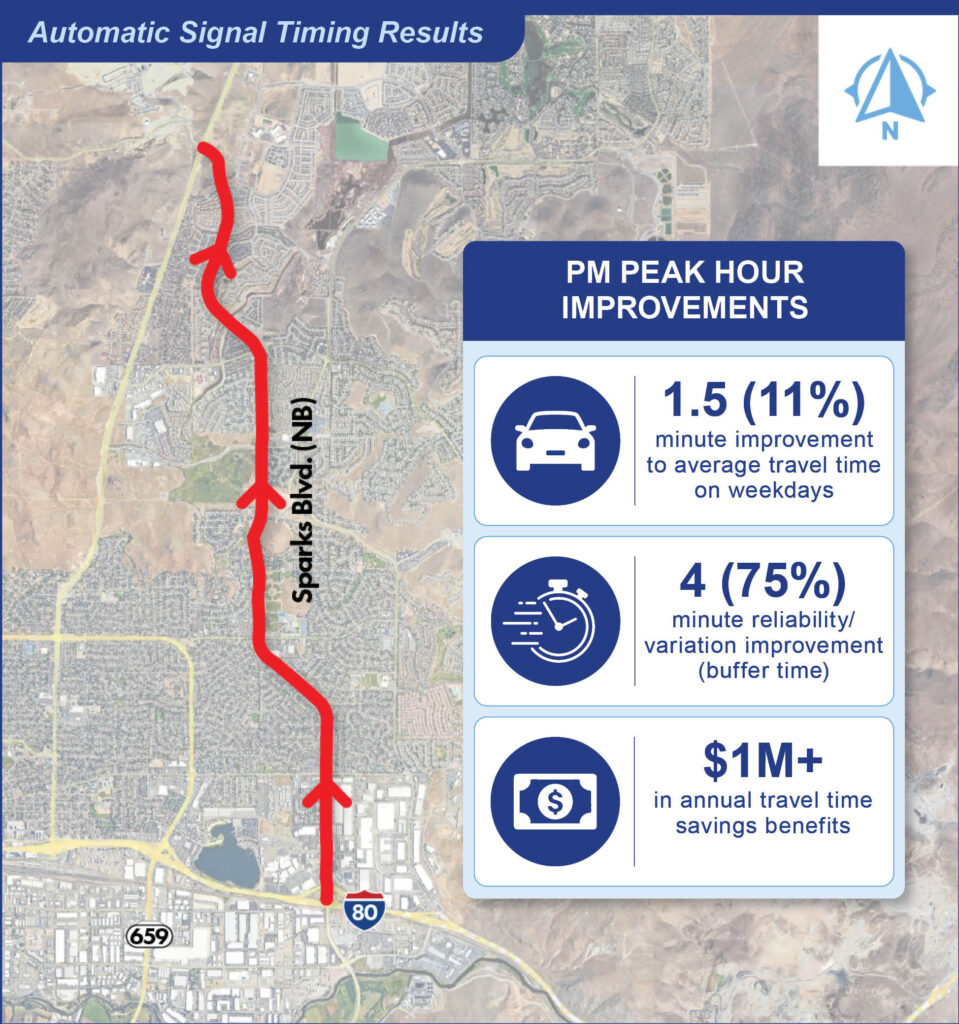
Cloud Data vs. Field Infrastructure
This project shows that using cloud data offers significant flexibility and scalability benefits as well as cost savings. The expected cost of constructing infrastructure that would provide similar realtime travel-time data for same number of centerline miles (60 miles) is expected to cost 2.1 million dollars. Annual maintenance of that infrastructure is expected to cost $120,000 annually. Current annual costs for the cloud data is less than $30,000, providing nearly $100,000 dollars in cost savings annually, and 2.1 million dollars in savings upfront.
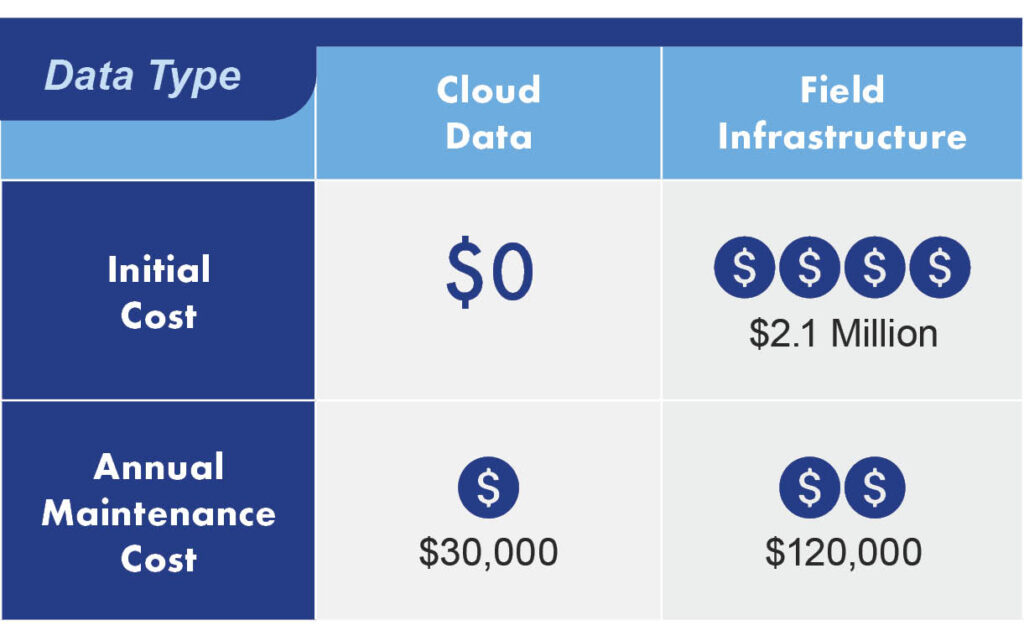
Virtual Alert System
A virtual alert system was developed as part of this project. Currently, those virtual alerts are provided through the Traction Connect mobile application. One of the goals of the project was to integrate those virtual alerts into the vehicles infotainment system (via Android Auto and Apple Car Play), but the regulations associated with developing applications within the vehicle infotainment system are heavily restrictive due to the risk of distracting the driver. Additionally, the categories of applications that can be integrated into the vehicle infotainment system (such as music, maps and directions, or messaging) but as this technology is one of the first of its kind, the vDMS did not fit well into any of the standard categories. Therefore, the RTC did not feel comfortable advertising the mobile application to the public at this time For future phases of the project, the RTC may explore resolving these problems or providing the alerts within existing apps such as Waze, Google Maps, Apple Maps, or the Nevada 511 mobile application.
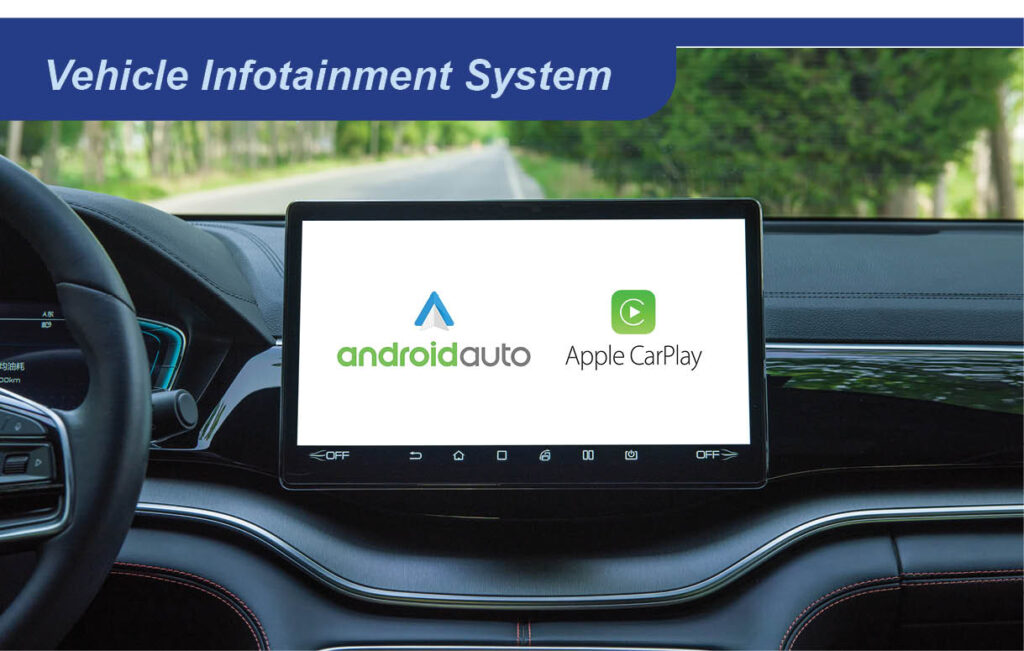
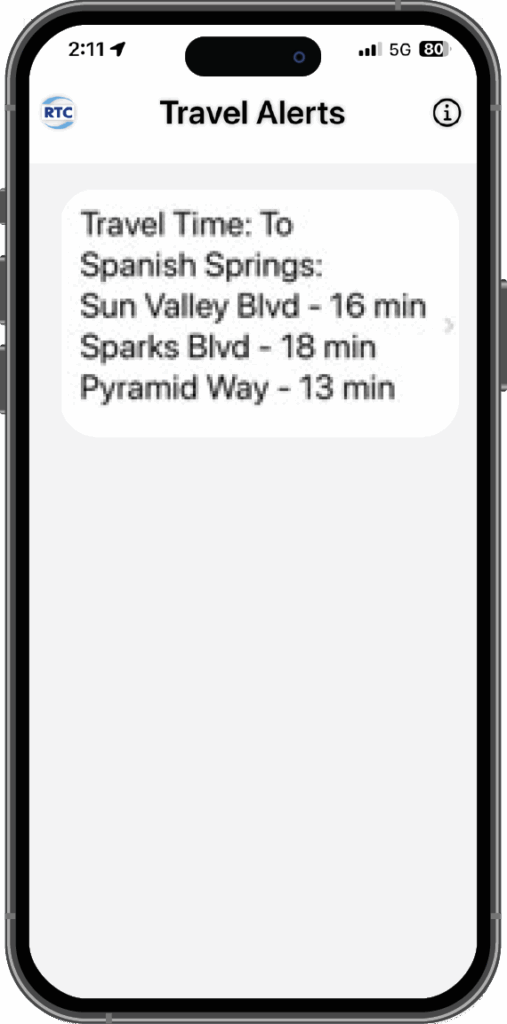
Scalability
The developed system is easily scalable and could be applied to the entire Truckee Meadows region with little additional effort. The system can reduce congestion along arterials by implementing special signal timing during peak congestion. The cloud-based solution allows for additional corridors and timing to be configured with no additional infrastructure installed in the field (provided that communication is in place for signals along the corridor). This technology could revolutionize the method that determines what signal timing plan is run when improving operations along the arterials within the network.
